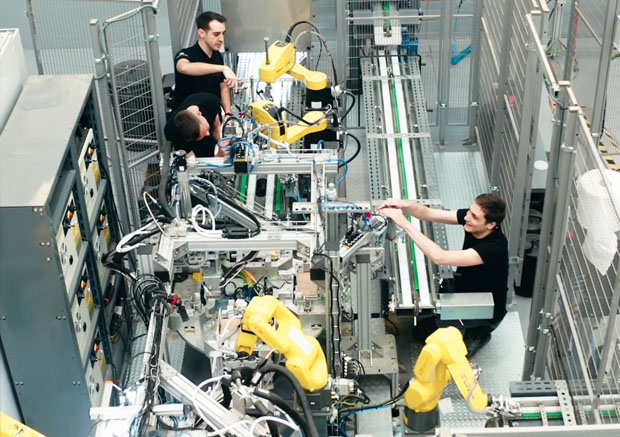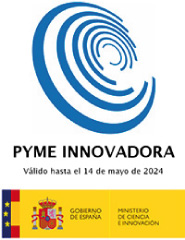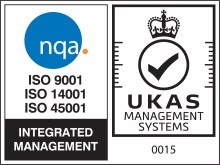Technologies
We specialize in developing technology based on machine vision,
vision-guided robotics, augmented reality, and the application
of artificial intelligence to all our systems.
Machine Vision
Through the use of various image acquisition technologies, we equip our machines with vision to understand and interact with the different industrial processes they are involved in.
3D Vision | 2D Vision | Hyperspectral Vision | Thermal Vision
Applications:
• Quality control
• Dimensional control
• OCR and OCV (Optical Character Recognition)
• Surface inspection
• VGR (Vision-Guided Robotics)
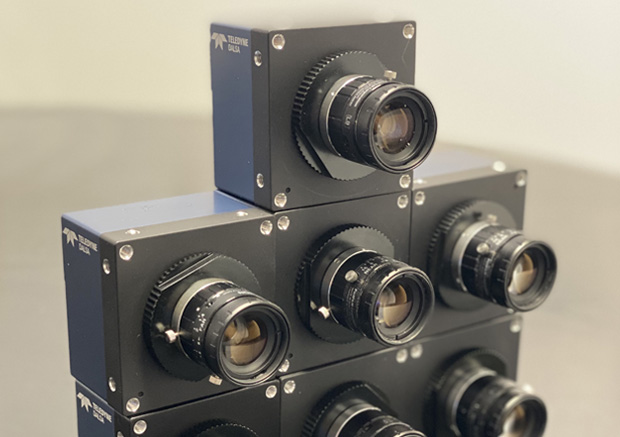
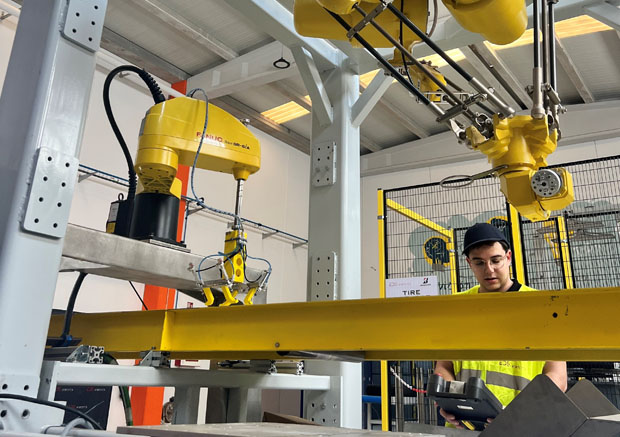
Robotics
Industrial robotics focuses on the design, construction, and operation of robots in industrial settings. These robots can perform tasks autonomously or semi-autonomously, such as assembly, welding, painting, packaging, among others, to increase efficiency and productivity in production lines.
Applications:
• Binpicking
• Palletizing
• Assembly
• Welding
• Painting
• Packaging
Artificial Intelligence
Artificial intelligence applied to machine vision significantly enhances machines’ ability to “see” and understand their environment. It uses advanced algorithms that allow for more accurate object recognition, segmentation, and classification. This increases the precision and efficiency of machine vision applications across a wide range of fields, from quality control to vision-guided robotics (VGR).
Applications:
• Complex quality control
• Classification of subjective quality parameters
• Advanced object recognition and segmentation
• Anomaly detection
• Facial recognition
• Data analysis applications
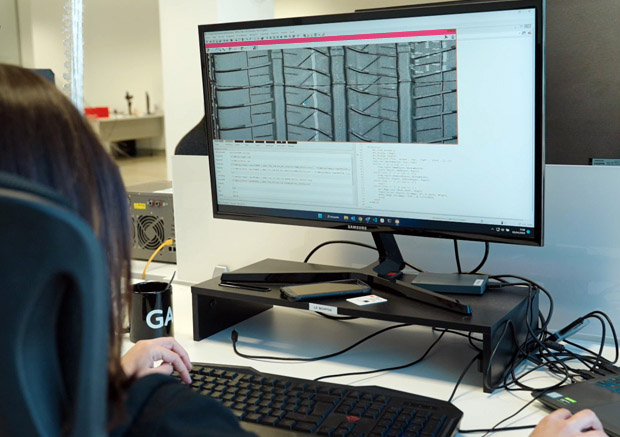

Big data
Big Data refers to the analysis and processing of large volumes of data to extract valuable information and generate meaningful insights. In the context of machine vision in industrial environments, Big Data allows for the analysis and extraction of useful information from images captured by vision systems, improving quality, efficiency, and productivity in manufacturing processes, quality control, monitoring, and security.
Applications:
• Product quality improvement
• Preventive maintenance
• Increased machine OEE (Overall Equipment Effectiveness)
• Total traceability
• Optimization of manufacturing processes
• Industrial safety
• Waste reduction
Digital Twin
The digital twin is a virtual replica of a physical system, such as a machine or production line. It uses real-time data collected from sensors, vision systems, and other devices to simulate and optimize the performance, maintenance, and efficiency of machinery. It allows for virtual testing, failure prediction, and adjustments before implementing changes in the physical environment, reducing costs and downtime.
Applications:
• Machinery design optimization
• Deployment of new systems
• Workflow and new equipment simulations
• Production optimization
